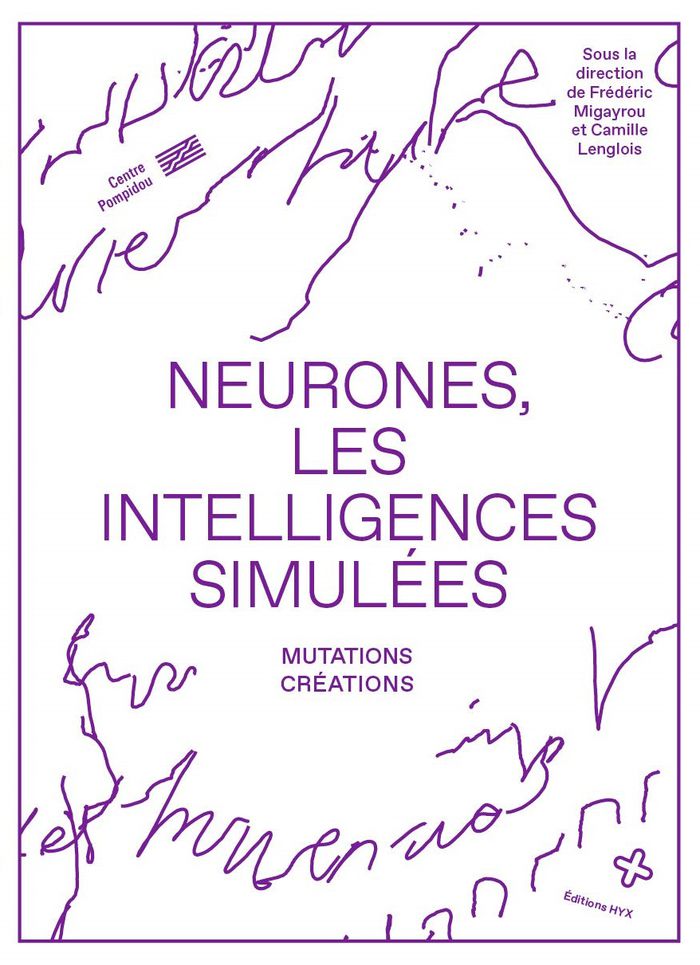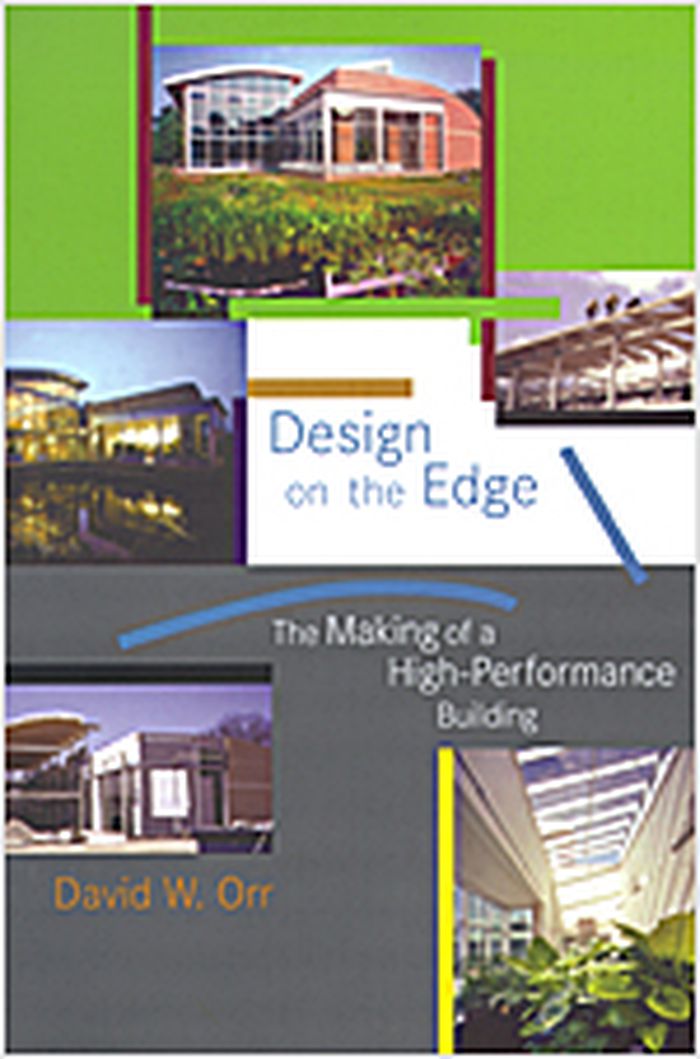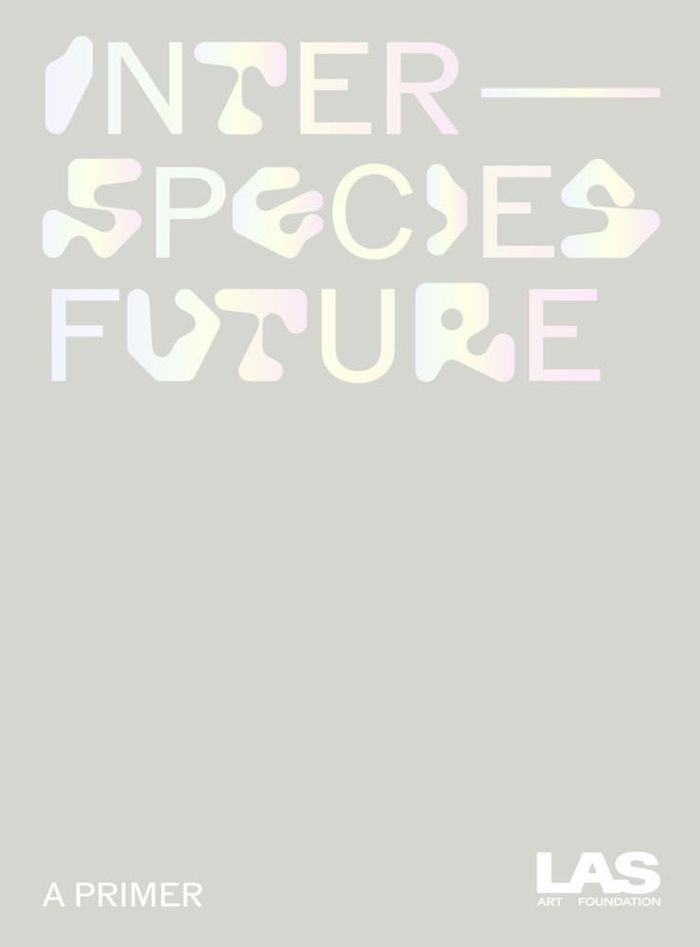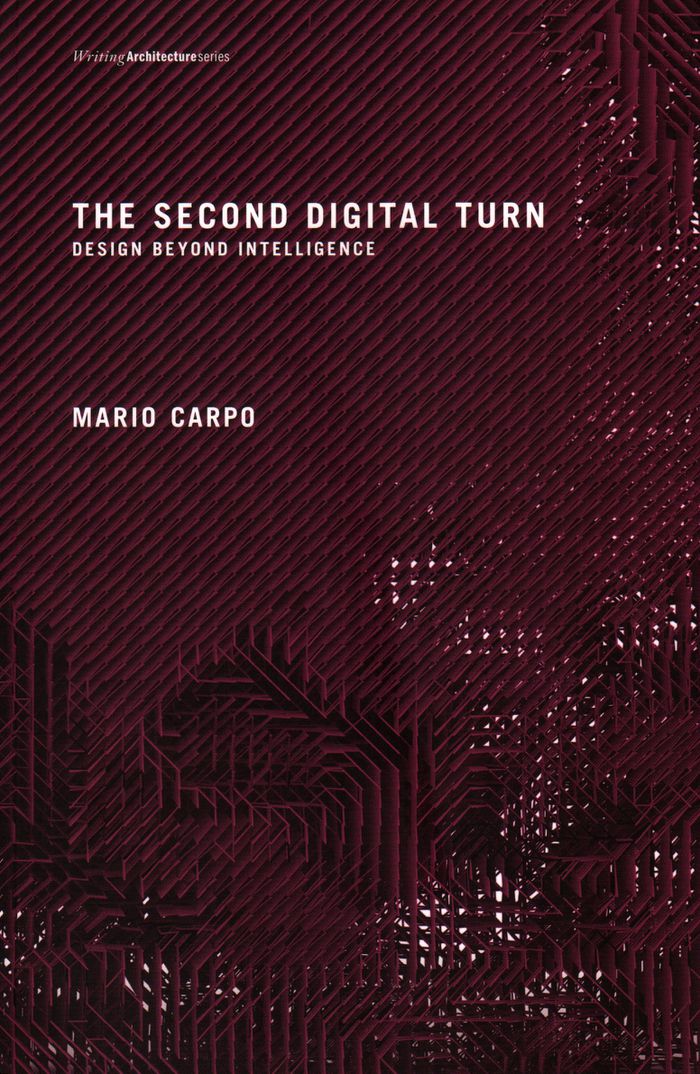$42.00
(disponible sur commande)
Résumé:
Les notions de "deep learning", de "machine learning" définissent aujourd'hui l'intelligence artificielle comme un nouveau paradigme établi aussi bien dans le domaine industriel, économique, militaire ou sociopolitique, que dans nos vies quotidiennes au travers d'innombrables applications, la reconnaissance faciale en étant la plus démonstrative. Il semblait donc(...)
février 2020
Neurones, les intelligences simulées
Actions:
Prix:
$42.00
(disponible sur commande)
Résumé:
Les notions de "deep learning", de "machine learning" définissent aujourd'hui l'intelligence artificielle comme un nouveau paradigme établi aussi bien dans le domaine industriel, économique, militaire ou sociopolitique, que dans nos vies quotidiennes au travers d'innombrables applications, la reconnaissance faciale en étant la plus démonstrative. Il semblait donc primordial de redéfinir les sources historiques d'un développement continu des recherches sur la simulation de l'intelligence humaine depuis l'après-guerre et d'une interaction permanente avec les domaines de la recherche et de la création. C'est l'objet de l'exposition du Centre Pompidou et de cet ouvrage qui l'accompagne. Fruit d'une investigation progressive de la neurophysiologie, mais aussi de la cybernétique, le réseau neuronal s'est imposé comme l'archétype d'une définition de l'intelligence. La création de réseaux de neurones artificiels, base des simulations informatiques et d'intelligences artificielles défiant l'humain, jusqu'au projet de modélisation d'un cerveau artificiel, aura imposé des modèles algorithmiques souvent conçus comme des dispositifs de normalisation. Artistes, architectes, ingénieurs ou scientifiques s'emparent aujourd'hui de ces modèles pour introduire des variations, des mutations, qui enrichissent l'innovation et la prospective et confortent une distance critique et morale face à leurs usages économiques et politiques.
$34.95
(disponible sur commande)
Résumé:
The story of the Adam Joseph Lewis Center at Oberlin College - the first substantially green building to be built on a college campus -encompasses more than the particulars of one building. In "Design on the edge", David Orr writes about the planning and design of Oberlin's environmental studies building as part of a larger story about the art and science of ecological(...)
Architecture écologique
octobre 2006, Cambridge (MA), London
Design on the edge : the making of a high-performance building
Actions:
Prix:
$34.95
(disponible sur commande)
Résumé:
The story of the Adam Joseph Lewis Center at Oberlin College - the first substantially green building to be built on a college campus -encompasses more than the particulars of one building. In "Design on the edge", David Orr writes about the planning and design of Oberlin's environmental studies building as part of a larger story about the art and science of ecological design and the ability of institutions of higher learning themselves to learn. The Lewis Center, which has attracted worldwide attention as a model of ecological design, operates according to environmental principles. It is powered entirely by solar energy, features landscaping with fruit trees and vegetable gardens, and houses a Living Machine, which processes all wastewater for reuse in the building or landscape. Orr puts the Lewis Center into historical design context and describes the obstacles and successes he encountered in obtaining funds and college approval, interweaving the particulars of the center with thoughts on the larger environmental and societal issues the building process illustrates. Equal parts analysis, personal reflection, and call to action, "Design on the edge" illustrates the process of institutional change, institutional learning, and the political economy of design. It describes how the idea of the Lewis Center originated and was translated into reality with the help of such environmental visionaries as William McDonough and John Todd, and how the building has performed since its completion.
Architecture écologique
$60.00
(disponible sur commande)
Résumé:
What comes after the Anthropocene? Can we depart from our human-centered perspective to build a future for the benefit of all species? What tools and techniques might help us get there? These are the questions investigated by the long-term interdisciplinary project "Interspecies future", which brings together perspectives from art, science, and technology to explore what(...)
Interspecies future: a primer
Actions:
Prix:
$60.00
(disponible sur commande)
Résumé:
What comes after the Anthropocene? Can we depart from our human-centered perspective to build a future for the benefit of all species? What tools and techniques might help us get there? These are the questions investigated by the long-term interdisciplinary project "Interspecies future", which brings together perspectives from art, science, and technology to explore what this future might look like. First initiated in 2022 by LAS Art Foundation, this project explores new pathways for planetary thinking and collective intelligence. With more than 60 contributions, this interactive reader is the first book to provide an extensive foundation of key concepts, debates, and case studies that propose ways to re-frame, repair, and re-imagine interspecies relations. "Interspecies future: A primer" draws on recent advancements in planetary computation and machine learning, new discoveries in non-human intelligence, as well as post-human theory and Indigenous knowledge.
Faune et flore
The second digital turn
$33.95
(disponible sur commande)
Résumé:
Almost a generation ago, the early software for computer aided design and manufacturing (CAD/CAM) spawned a style of smooth and curving lines and surfaces that gave visible form to the first digital age, and left an indelible mark on contemporary architecture. But today's digitally intelligent architecture no longer looks that way. In The Second Digital Turn, Mario Carpo(...)
The second digital turn
Actions:
Prix:
$33.95
(disponible sur commande)
Résumé:
Almost a generation ago, the early software for computer aided design and manufacturing (CAD/CAM) spawned a style of smooth and curving lines and surfaces that gave visible form to the first digital age, and left an indelible mark on contemporary architecture. But today's digitally intelligent architecture no longer looks that way. In The Second Digital Turn, Mario Carpo explains that this is because the design professions are now coming to terms with a new kind of digital tools they have adopted—no longer tools for making but tools for thinking. In the early 1990s the design professions were the first to intuit and interpret the new technical logic of the digital age: digital mass-customization (the use of digital tools to mass-produce variations at no extra cost) has already changed the way we produce and consume almost everything, and the same technology applied to commerce at large is now heralding a new society without scale—a flat marginal cost society where bigger markets will not make anything cheaper. But today, the unprecedented power of computation also favors a new kind of science where prediction can be based on sheer information retrieval, and form finding by simulation and optimization can replace deduction from mathematical formulas. Designers have been toying with machine thinking and machine learning for some time, and the apparently unfathomable complexity of the physical shapes they are now creating already expresses a new form of artificial intelligence, outside the tradition of modern science and alien to the organic logic of our mind.
Architecture numérique



